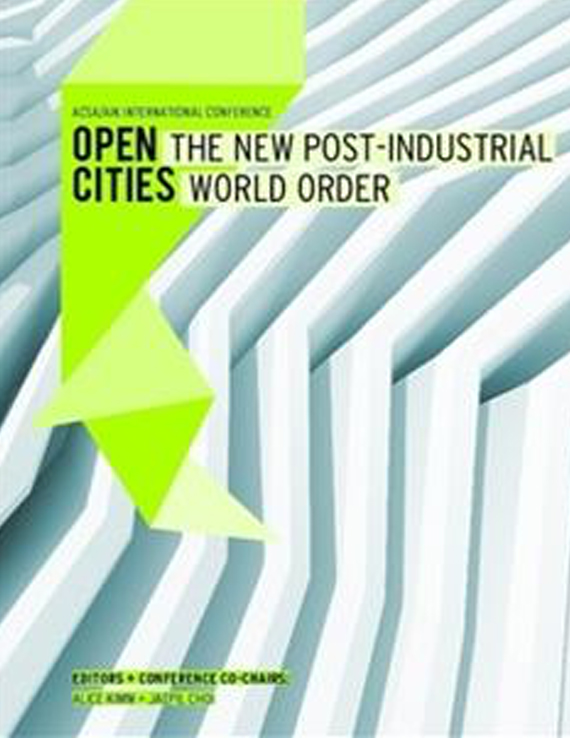Author(s): J. Craig Babe
The relentless outward growth of the contemporary American horizontal city is drivenand formed by the simple logics of capitalist land development. Public space andsense of place are commodified and imbued with the same built-in obsolescence asany other consumer product. Peripheral areas that have been surpassed by the newerexpanding edge are left in decline, used up, and discarded. Yet they are occupied, nolonger by the homogenous demographic for which they were originally designed andto which they were marketed, but now by newer, more diverse generations of inhabitants.These areas do not depend on the nuclear downtown (if it still exists) so theycannot be properly described suburbs. They are our city, yet they are not urban. Newtechniques must be identified to make these zones relevant to their current residentsthus restoring their utility and value. A new complex, layered urbanity must be overlaidupon the simplistic extant forms of the subdivision, the commercial strip, and thearterial road.Houston Texas is the most extreme iteration of the contemporary American city.Famously, it has no zoning and very minimal ordinances. Harris County, occupyingHouston’s periphery, and enabled by two loops of freeways, has even fewerdevelopment controls. It displays the results of capital-driven city growth in aneven purer form than Houston itself. Harris County is the Wild West – it is thequintessential open city.My project recounts the history and diagnoses the current malaise of a formerlysuccessful, former edge city in Northwest Harris County: the FM1960 Corridor.Developed in the late 1960’s and 1970’s, several newer layers of edge growthhave now surpassed this zone, and it now finds itself within the vast horizontalin-between city. I focus on FM 1960’s commercial strip, which no longer serves theneeds of its current local residents nor of the public at large, who have both effectivelyabandoned it. Rising crime, falling property prices, and vacant commercialproperty characterize the current malaise of this zone, which stands in for manysimilar areas in quickly growing horizontal low-density cities. It is a political realitythat no solutions to FM1960’s problems can be dictated from above. Consensusmust be reached and the resulting change will have to flow from the private sector.As part of my MS Thesis at the University of Houston, I have joined with local stakeholders,including the Houston Northwest Chamber of Commerce, the commercialproperty owners’ association and various residential municipal utility districts(MUDS) to identify a way forward that they can get behind and adopt. M.Arch studentsin my spring 2014 studio at Texas A&M University are currently masterplanninga portion of the FM1960 commercial strip that is held by willing developers, asa detailed test case of my proposition.I am very excited by the ongoing results of my current research on the peripheryof Houston, and I have high hopes that it might make a valuable contribution the2014 International Conference of the ACSA: Design + Building in the Open City.
Volume Editors
Alice Kimm & Jaepil Choi
ISBN
978-0-935502-91-6

 Study Architecture
Study Architecture  ProPEL
ProPEL 
